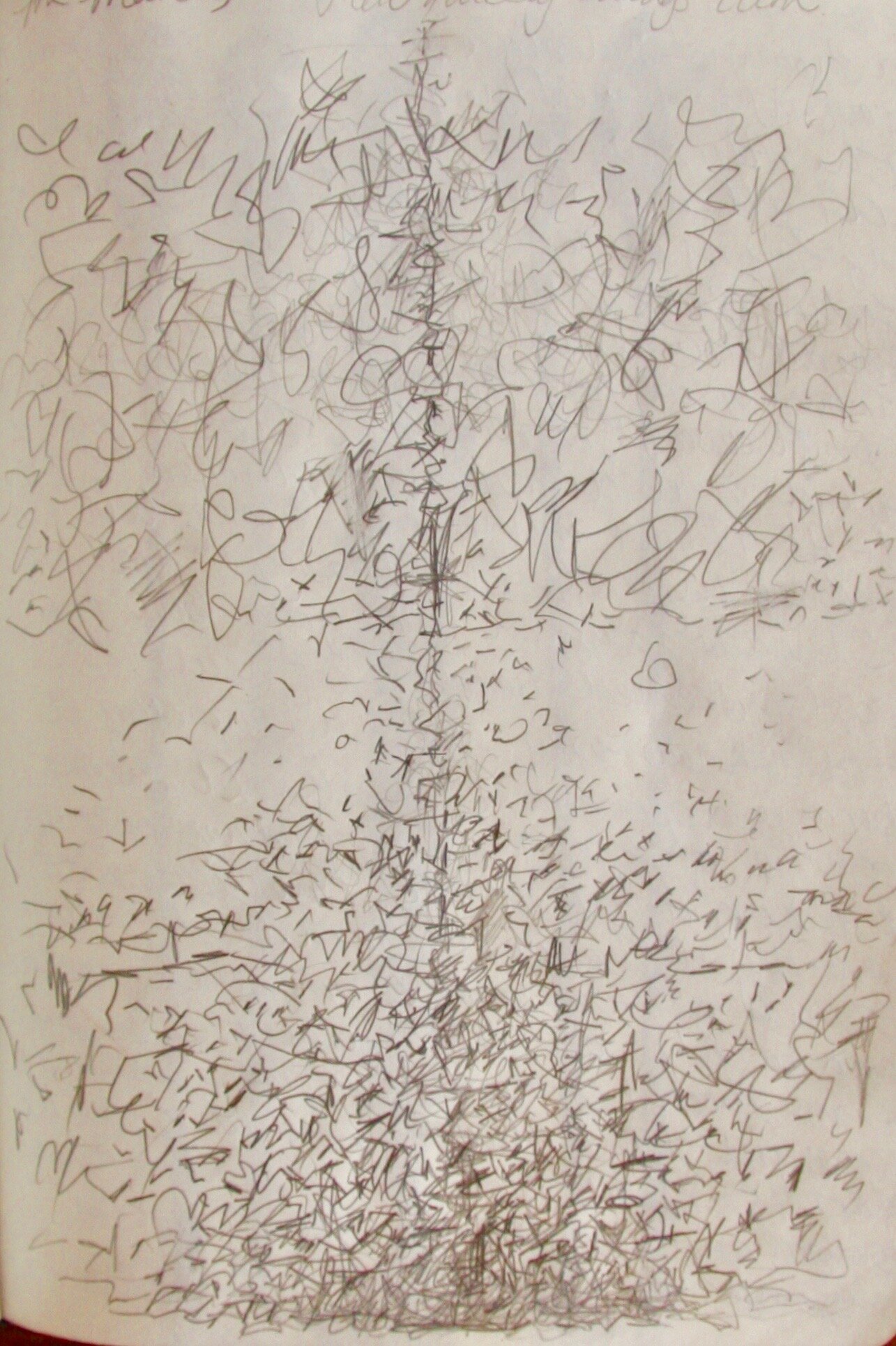The 9th June 2014 I am surrounded by 90 school children. We are visiting Hinemihi a Maori Meeting House in Clandon Park, Surrey, U.K. For the past year I have been artist in-residence at a Church of England Primary in West London leading an religious education and art project to build new prayer stations for their school. The project started with the children looking at examples of houses of prayer which included East London Mosque, Saint Paul's Cathedral, Bevis Marks Synagogue, Neasden Temple, Buddhapadippa Temple, and Hinemihi. I wanted to expand the children's perceptions of sacred and religious space. The children were particularly intrigued by Hinemihi.
I shared the story of Hinemihi and how she had sheltered people during the Tarawera eruption in 1886 including my great great grandmother Taima Te Ngahue and my great great Uncle Tene Waitere who had been one of the men who had carved Hinemihi. I described how Lord Onslow had bought Hinemihi from Te Wairoa, New Zealand back to Clandon Park his country estate in England as a memento of his time in Aotearoa as Governor General. As I swiftly moved through her history the children listened intently as I described how Hinemihi had been used as a garden shed and a children's play house. How when she first arrived at Clandon she had been reassembled incorrectly but was put back together by Maori soldiers recuperating at Clandon which had become a military hospital during the 1st World War. Moving into the present the children were pleased to hear that Hinemihi had not been forgotten and that many expat New Zealanders often made a pilgrimage to Hinemihi and that for Maori she is incredibly important and loved. Believed a living presence Hinemihi stands as a symbol of the old and the new world. She is an ancestress.
After the children had left Clandon Park my time with Hinemihi continued. I had visited her a number of times in the past but this night which was the 128th anniversary of the eruption I would be staying, sleeping alone within her embrace. It wasn't going to be a comfortable night though as there was no electricity, no flooring just a compact dirt floor and she leaked when it rained. Also as instructed by my cousin it was traditional to sleep on the left hand side which meant my sleeping mat was right near a small green box which fed poison to poor unsuspecting rodents. However to counter the uncomfortable night before me I would also be part of a dawn ceremony organised by people from Massey University which would involve a light installation and a recording of the dawn chorus from New Zealand. I settled down for the night.
I awoke to the sound of people moving and talking. I got up and opened the door to see a woman and a large group behind her, all maori. The woman appeared friendly and inquisitive. She looked at me and then with a movement of her head gestured as to who else was inside.
I was expecting to have dreams while at Hinemihi but this dream was something different. I had experienced it as if I was actually there. I could see the walls and details of the carvings and the interior of the wharenui. When I opened the door the view was the same as if awake. Nothing was different except the crowd of people and woman who appeared. Timeless, other, different and yet present.
I awoke to lights flickering inside the wharenui and singing. Awake or dreaming? I got up and headed outside. Figures moved in the dawn light. Still groggy with sleep I wandered across the lawn of Clandon towards Stuart and Kura. It was Kura singing. She was sending a karanga (a call, a summons) to the dawn, to Hinemihi, to space and to me. A karanga to pierce through dimensions physical and spiritual. Awake I watched the sun rise and listened to the dawn chorus.
Whakarongo ake au As I listen
Ki te tangi a te manu nei To the message of the bird called
A te matui the Tui
Tui Tui Tui
Tuia Tuia I runga I listen with intent
Tuia I raro To the spiritual elements of the
Tuia I roto message (runga)
Tuia I waho To the worldly (raro) *
to the elusive (roto) inner space [1]*
to the physical (waho) outer space
Tuia ke te here tangata connecting to our origins [2]
Ka rongo te Pō The message is relevant throughout
Ka rongo te ao the universe
Tihei Mauri ora behold the essence of life
[1]
Outer space: physical world innerspace : metaphysical knowing
[2]
Tuia : a weaving term: stitching
























































































































































